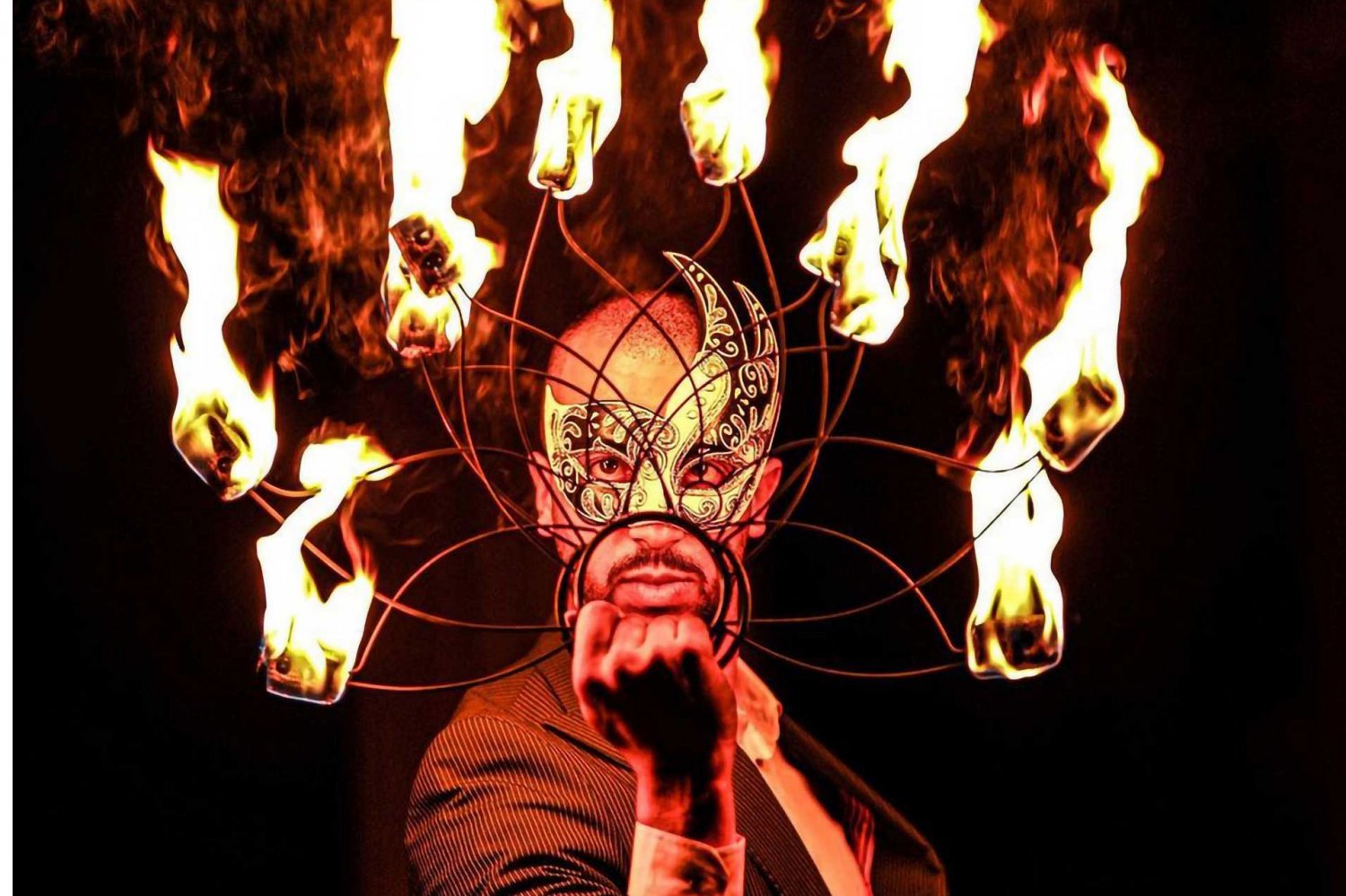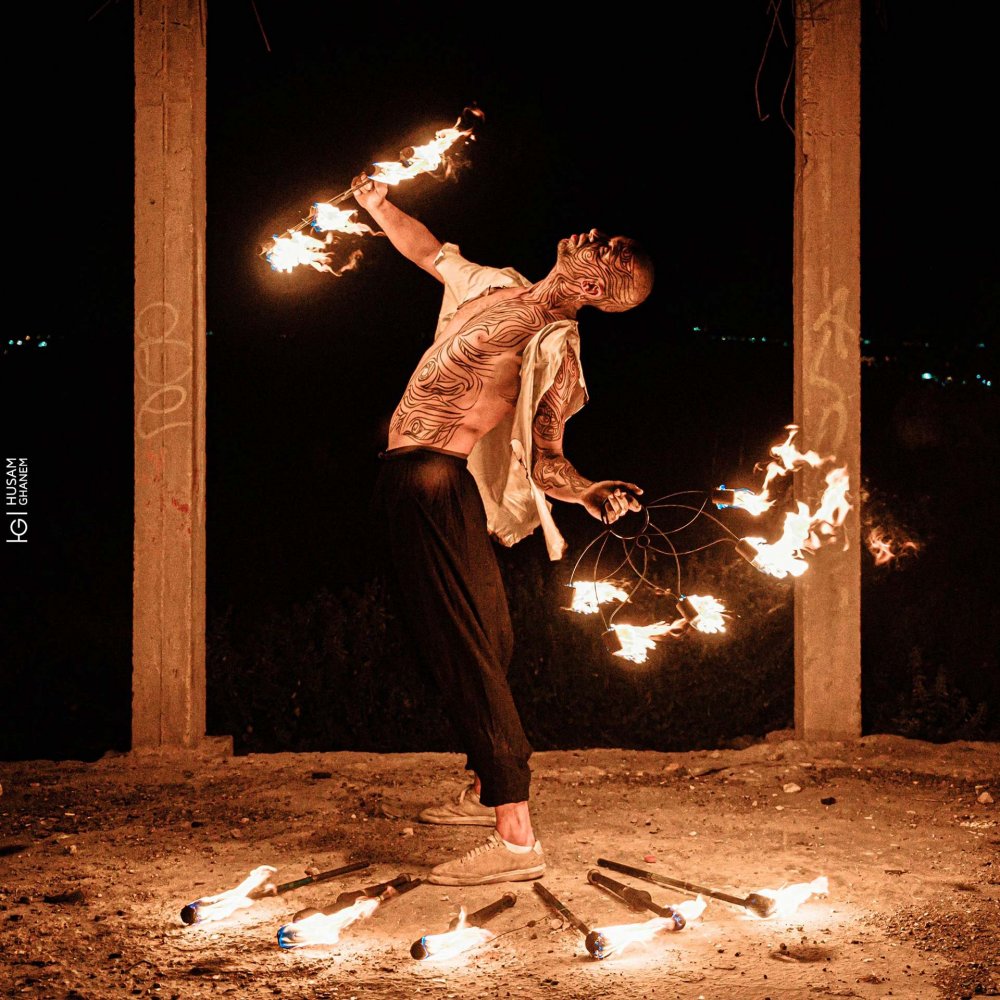As Omar sees it, the artist cannot be separated from the audience. His goal has therefore been to integrate between “what one has” with “what people want,” and to make the best of one’s skills to fulfill the need and energy of the audience.
“People no longer search in their neighborhoods for theaters to attend, movies to watch, or dance performances to see.” Omar describes how social media has changed things for the upcoming generations. He believes that it is important to consciously create the space for art rather than be boxed in outdated models. Art buildings would be quiet and empty if their organizers simply hope for audiences to show up. Rather, it is the role of artists, creators, and organizers to make themselves accessible to the people.
“I created my own stage,” he explains, adding that he has worked on incorporating a sound system and what resembles a moving theater to his performances. Essentially, his aim has been to be approachable to people from different backgrounds, ages, and physical abilities, both digitally and in the street.
“The medium of dance expression is for people of all ages and abilities. Everyone can find therapy once they start pushing themselves out of the comfort zones.”
The challenges, however, are indisputable. “East Jerusalem is dead by 5 or 6 p.m.,” Omar admits. He believes he has a duty to contribute to life in Jerusalem and to offer something different. Depending on external aid leads to stagnation, he believes, and he insists that investing in oneself is crucial.




